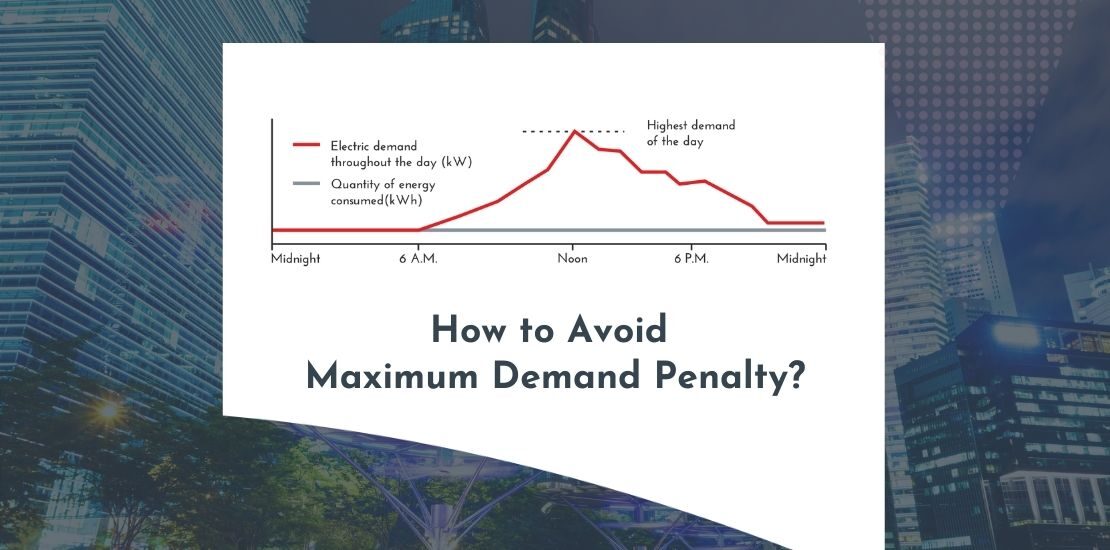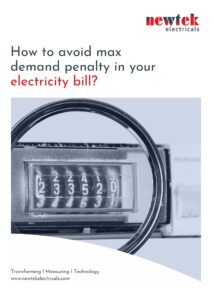- April 2, 2021
- Posted by: Dyaneshwar Nirmale
- Category: Digital Meters

What is Demand and Maximum Demand ?
Demand is simply power (kW, kVA or kVAr) averaged over a predefined time interval in minutes. This interval is called demand integration time(dit). Thus, the demand is the average power value at the end of each dit. Similar to power, demand is measured in kW, kVA or kVar. The dit interval may vary depending on the utilities. The most common values of dit are 8 minutes, 15 minutes, 20 minutes and 30 minutes, although you will find that this time interval is programable from 5 to 60 minutes in 1-minute steps.
Consider an example here: A utility has defined dit=30 minutes with the sanctioned limit=100kW demand. In the first dit, the load is 140kW for the first 5 minutes and 20kW for the last 25 minutes. Here, the calculation is as follows:
What is the quality of accuracy you require?
Various multifunction meters provide accuracy measures that differ is lightly but might make significant difference to the final measurement results. The portable meters offer an accuracy of up to 0.2% whereas bigger meters offer an accuracy of 0.5% or higher. Meters that provide accuracy better than 1% are the best suited for temporary tasks such as energy audits or load studies. Key accuracy standards applied to these meters include ANSI C12.20-2010 qualified Class 0.2 and ANSI C12.20-2010 Class 0.5
Demand (kW) = (140kW*5min) + (20kW*25min) = 40kW for dit1

For second dit interval (dit2)
Demand (kW) = (70kW*15min) + (30kW*15min) = 5OkW for dit2
30 Min
Therefore, Maximum Demand at the end of 2 dit, that is after
60 minutes is 50kW. In this example if your demand exceeds the sanctioned limit of 100kW, you will face a heavy penalty by the utility in your next bill.
Why do I get a penalty if I exceed Max Demand?
When we exceed the sanctioned Demand, we overburden the utility infrastructure resulting in reduced life of transformers and cables. Excess power consumed at one point also disrupts the load distribution of utility, and it is unable to meet the power demand of other customers.
How to avoid Maximum demand Penalty?
A Maximum Demand Controller is a specialized electrical device used to control the kW demand during high power usage. Installing a Demand Controller prevents the maximum demand from exceeding the sanctioned demand limit set by the utilit. In case of the above example, a Demand Controller with at least 2 relays would do the trick.
Programing the Demand Controller

The first relay of the Demand Controller could be programmed to 90% of kW Demand so that it will be used to drive an alarm circuit. When the alarm is activated, certain non critical loads can be turned off to bring the demand below 90%.

If no action is taken, the second relay which is programmed for Final trip at 95% of kW Demand will automatically trip a part or the whole of the load depending on how the load is distributed between the two relays, thereby saving you from the penalty.

